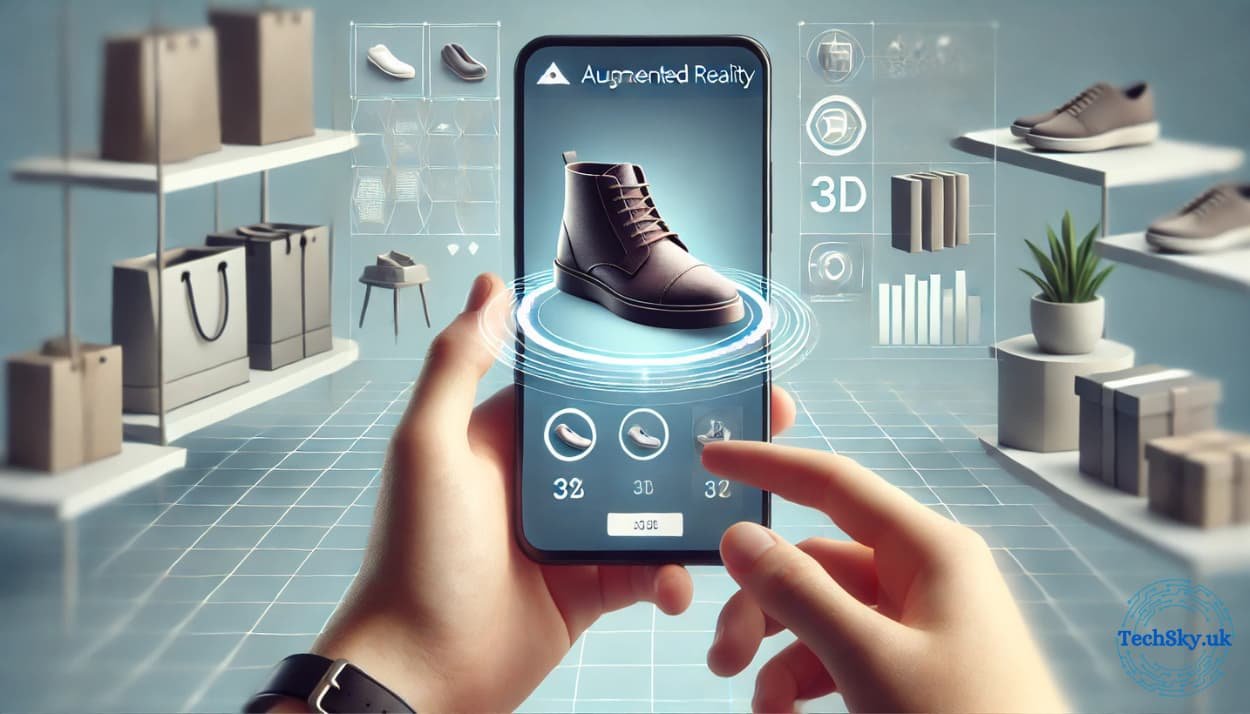Augmented reality (AR) is revolutionizing the e-commerce industry, offering customers immersive and interactive shopping experiences. Brands are leveraging AR to enhance customer engagement, boost sales, and stay ahead in the competitive online retail space. In this article, we’ll explore some of the top examples of AR in e-commerce campaigns that are making waves in 2025.
Why is AR Essential in E-Commerce?
AR is rapidly becoming a must-have tool for e-commerce businesses. Here’s why it’s essential:
- Enhanced Product Visualization: AR allows customers to see how products look and fit in real life, reducing uncertainty and increasing purchase confidence.
- Improved Engagement: Interactive AR features keep customers on your website longer and encourage exploration.
- Higher Conversion Rates: By addressing common concerns, AR tools can lead to a significant increase in sales.
As consumer expectations evolve, AR helps e-commerce brands meet the demand for more interactive and personalized shopping experiences.
How Brands Are Using AR in E-Commerce
Here are some practical ways leading brands are implementing AR in their e-commerce strategies:
- Virtual Try-Ons: Cosmetic and fashion retailers use AR to let customers try on makeup, glasses, or clothes virtually.
- Home Visualization: Furniture and home décor brands allow users to see how products look in their homes using AR apps.
- Interactive Product Displays: AR features enable customers to explore product details in 3D for a more comprehensive understanding.
These applications demonstrate how AR is bridging the gap between in-store and online shopping experiences.
Addressing Common Challenges in AR E-Commerce
While AR offers incredible opportunities, e-commerce businesses may face challenges during its implementation. Here’s how to overcome them:
- Technology Integration: Work with experienced AR developers to ensure seamless integration into your existing platforms.
- Customer Adoption: Provide tutorials or demos to educate customers on using AR tools effectively.
- Costs: Start small by integrating basic AR features and expand as your budget allows.
By addressing these challenges, businesses can unlock the full potential of AR in e-commerce.
The Future of AR in E-Commerce
AR technology in e-commerce is poised to evolve further, with these exciting trends on the horizon:
- Integration with AI for personalized AR shopping experiences.
- More accessible AR tools for small and medium-sized businesses.
- Expansion of AR in mobile shopping apps to enhance convenience.
Staying ahead of these trends can help e-commerce businesses maintain a competitive edge.
Exclusive Insights: Top AR E-Commerce Campaigns
Let’s take a closer look at some of the most successful AR e-commerce campaigns:
- Sephora Virtual Artist: Sephora’s AR tool allows customers to try on makeup virtually, making online shopping more engaging and personalized.
- IKEA Place: This app lets users visualize furniture in their homes, ensuring the perfect fit and style.
- Warby Parker: The brand’s AR feature enables customers to try on glasses virtually, simplifying the selection process.
These campaigns highlight how AR is redefining the e-commerce landscape.
Did You Know?
Here are some fascinating facts about AR in e-commerce:
- 71% of shoppers say they would shop more often if AR were available.
- AR-driven e-commerce sales are projected to reach $50 billion by 2025.
These numbers illustrate the growing importance of AR in online retail.
Key Takeaways
AR is transforming e-commerce by creating immersive shopping experiences that boost customer satisfaction and sales. By adopting AR, brands can differentiate themselves and meet the rising expectations of modern consumers. Now is the time to explore AR and integrate it into your e-commerce strategy.
Frequently Asked Questions
Here are answers to common questions about AR in e-commerce:
- Q: What industries benefit the most from AR in e-commerce?
A: Fashion, beauty, furniture, and home décor industries are leading the way. - Q: Is AR technology expensive for small businesses?
A: Not necessarily. Many affordable tools and platforms are available to get started.
